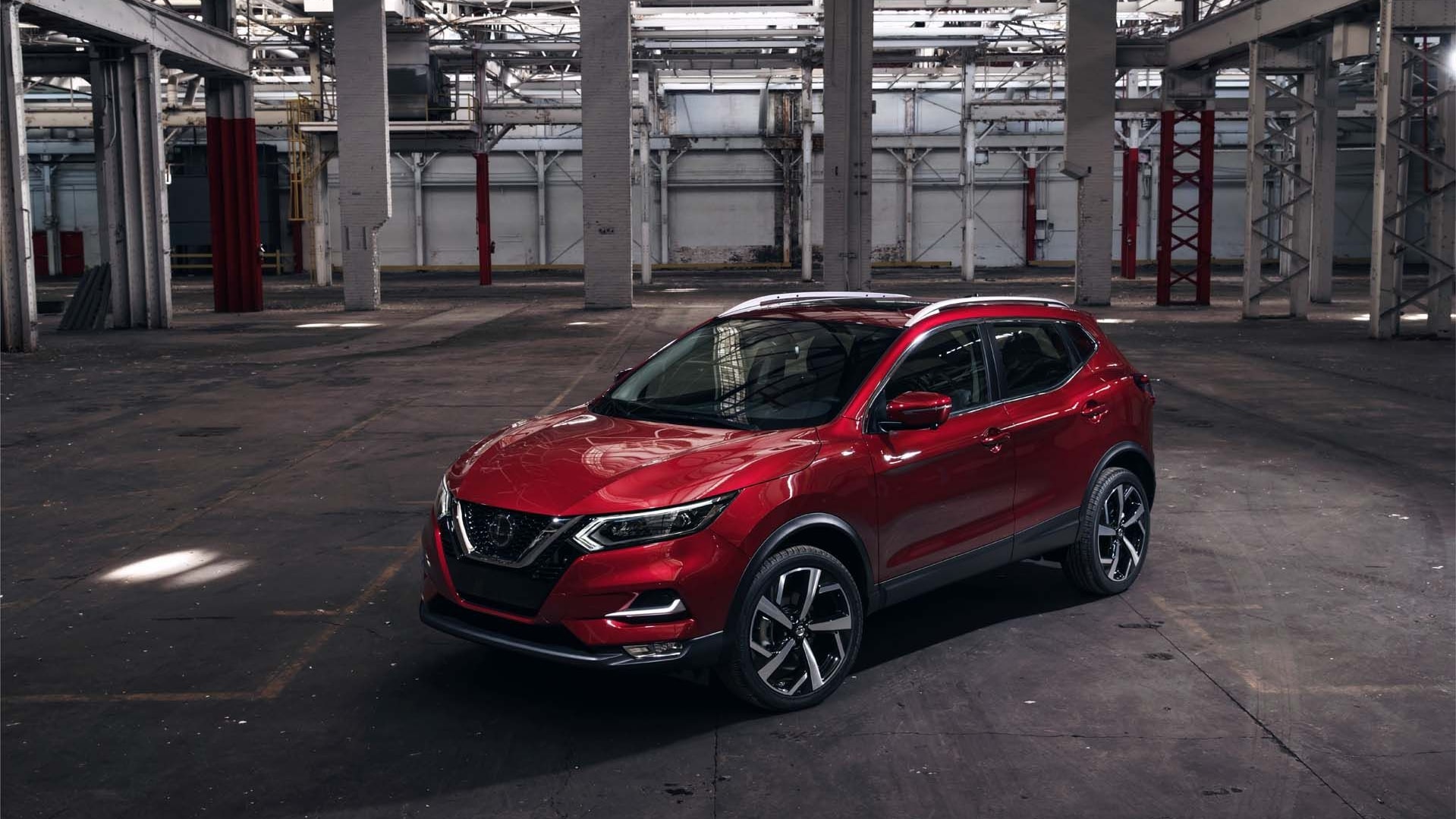

In return for the use of the car for a specific period, you agree to make a monthly payment.

It is generally accepted that longer lease terms have lower residual values. The lessor uses the residual value to understand the number of monthly payments the lessee will make during the life of the lease period. The residual value (also called salvage value) is the predicted value of what a car is worth at the end of the lease agreement. The residual value is the estimated value of a car at the end of its lease term or useful life. You can also get cap cost reductions which are special lease deals from automakers. A lower cap cost means you’ll be paying lower monthly installments. This price is normally fixed but you can still negotiate it downward with many dealerships. You normally, but not always, are expected to put down a deposit on a leased car. Instead of paying off the car, you only pay for the amount of depreciation that is expected to occur during a set period of time. Although it can be for any number of months.

Leasing is similar to renting a car, but for more than a month, usually between 24 or 36 months. Both methods have their advantages and disadvantages, and we unpack them here for you to use when you decide to buy a new vehicle. There are two methods of buying a car that you can use a lease vs loan. Buying a new vehicle is usually expensive, so we will help you decide on a method that will be affordable for you.


 0 kommentar(er)
0 kommentar(er)
